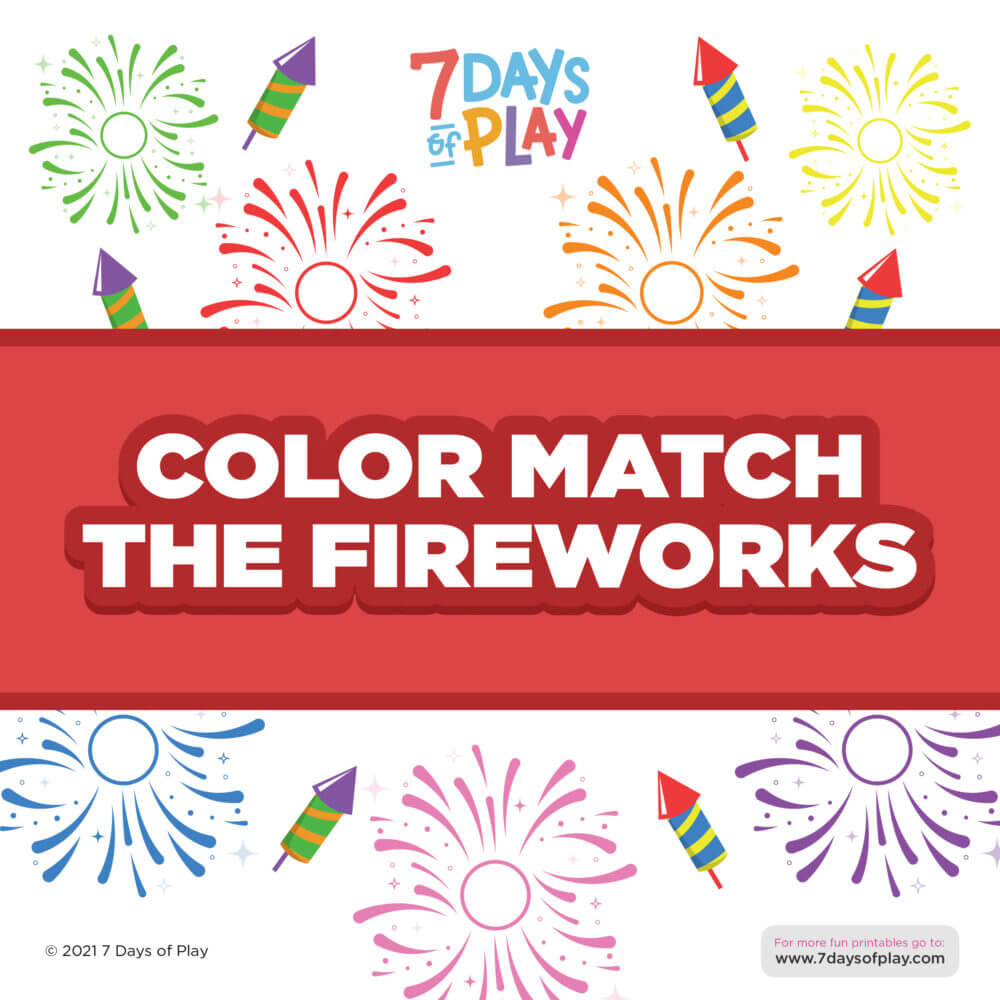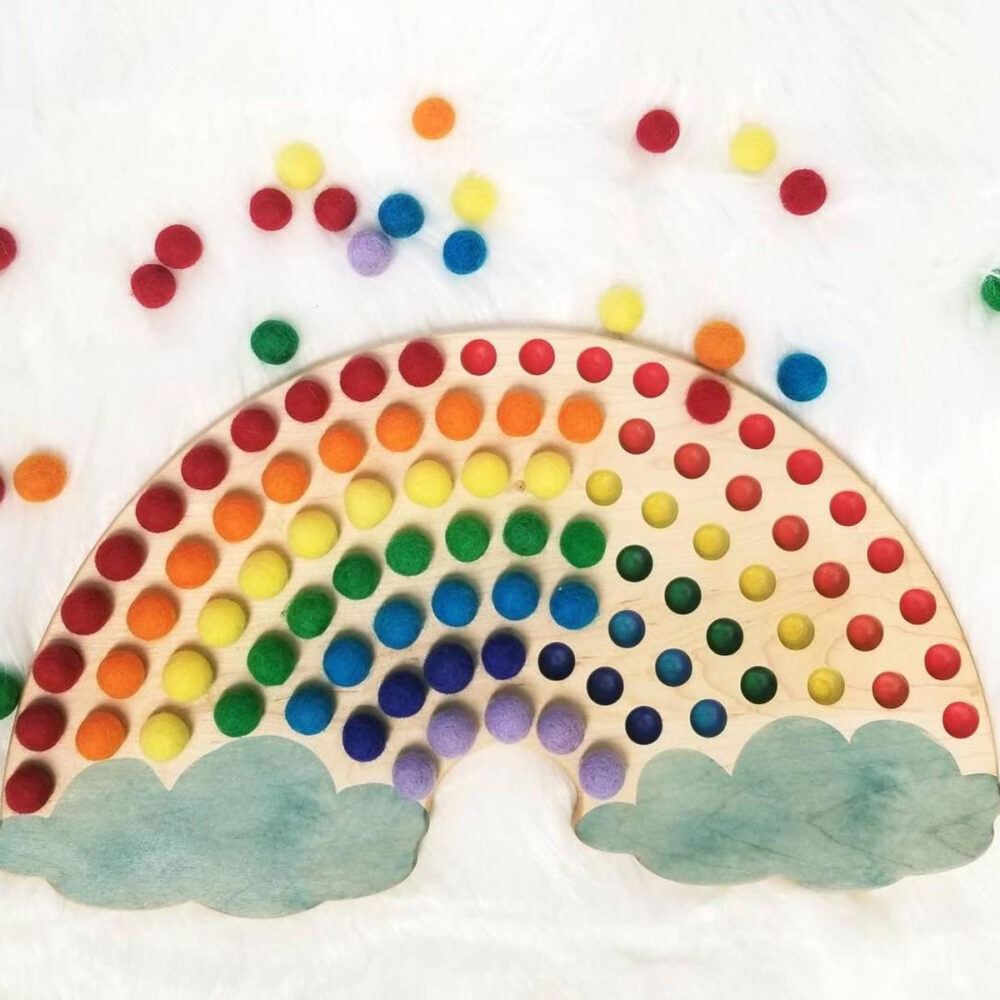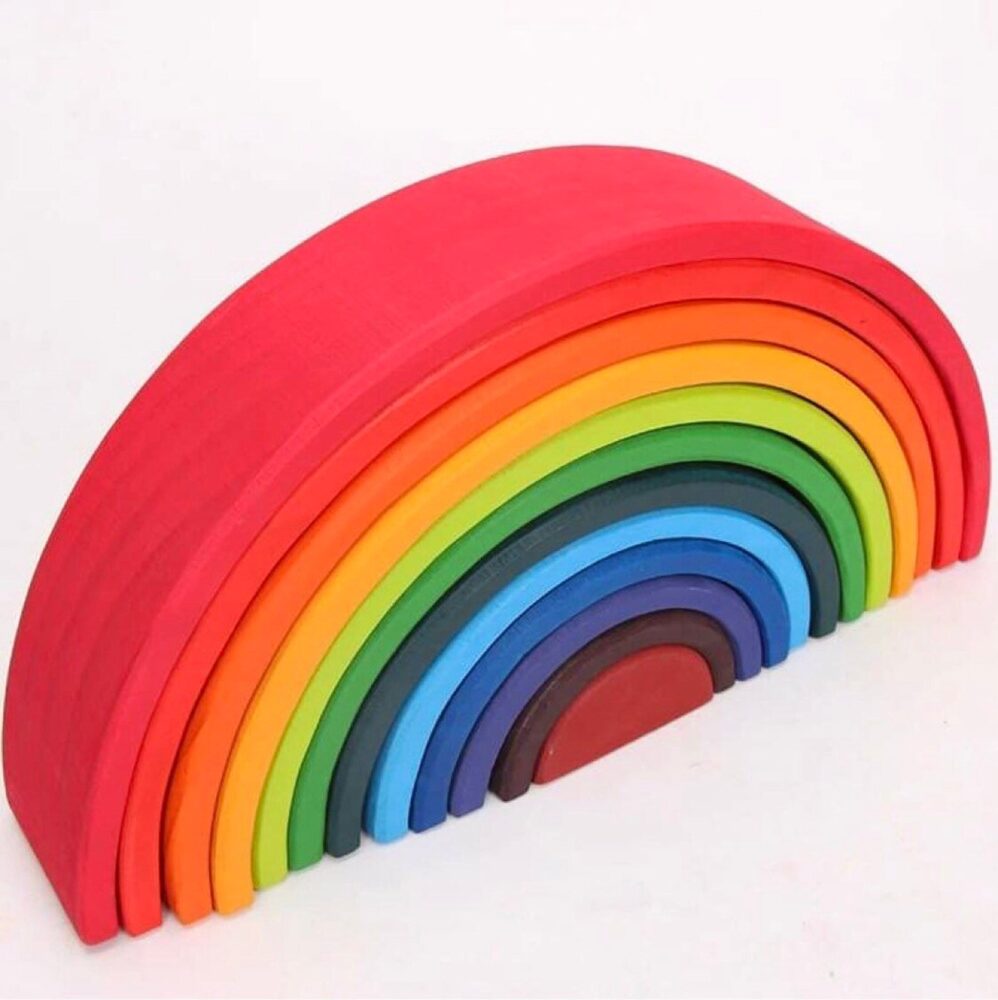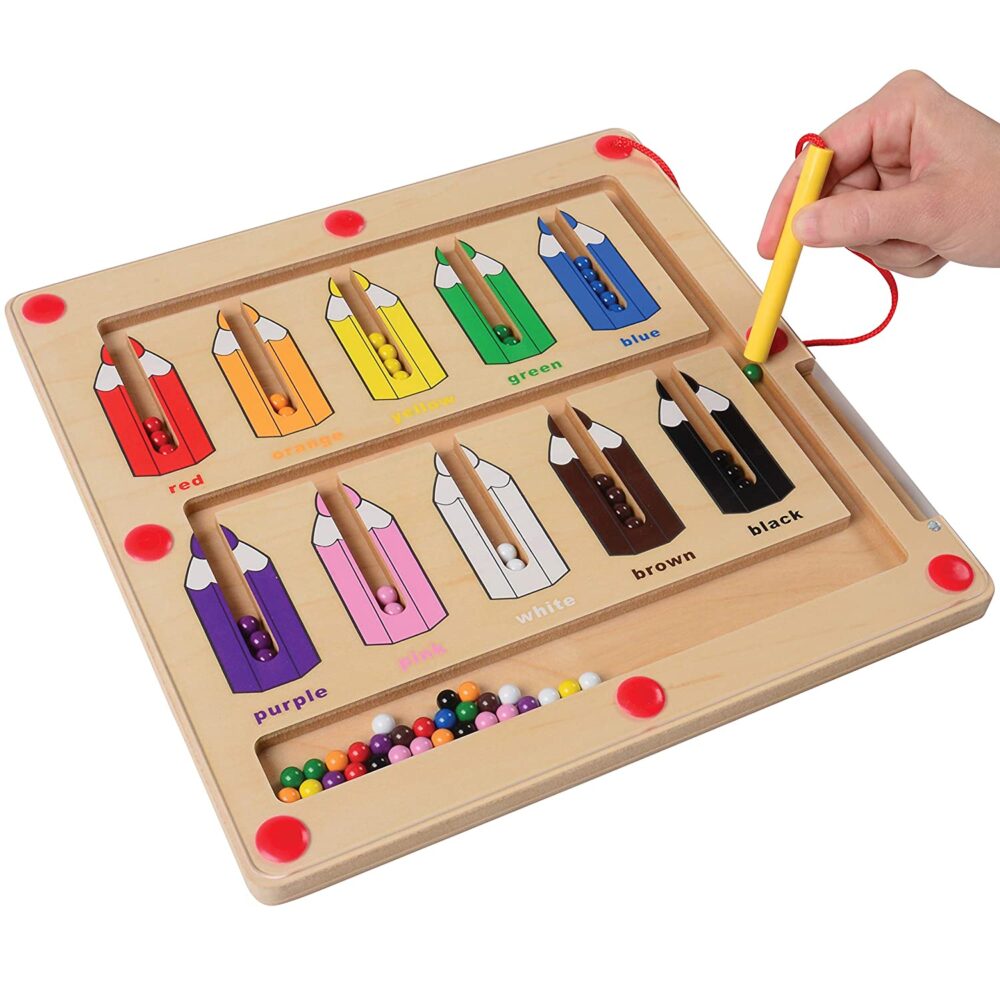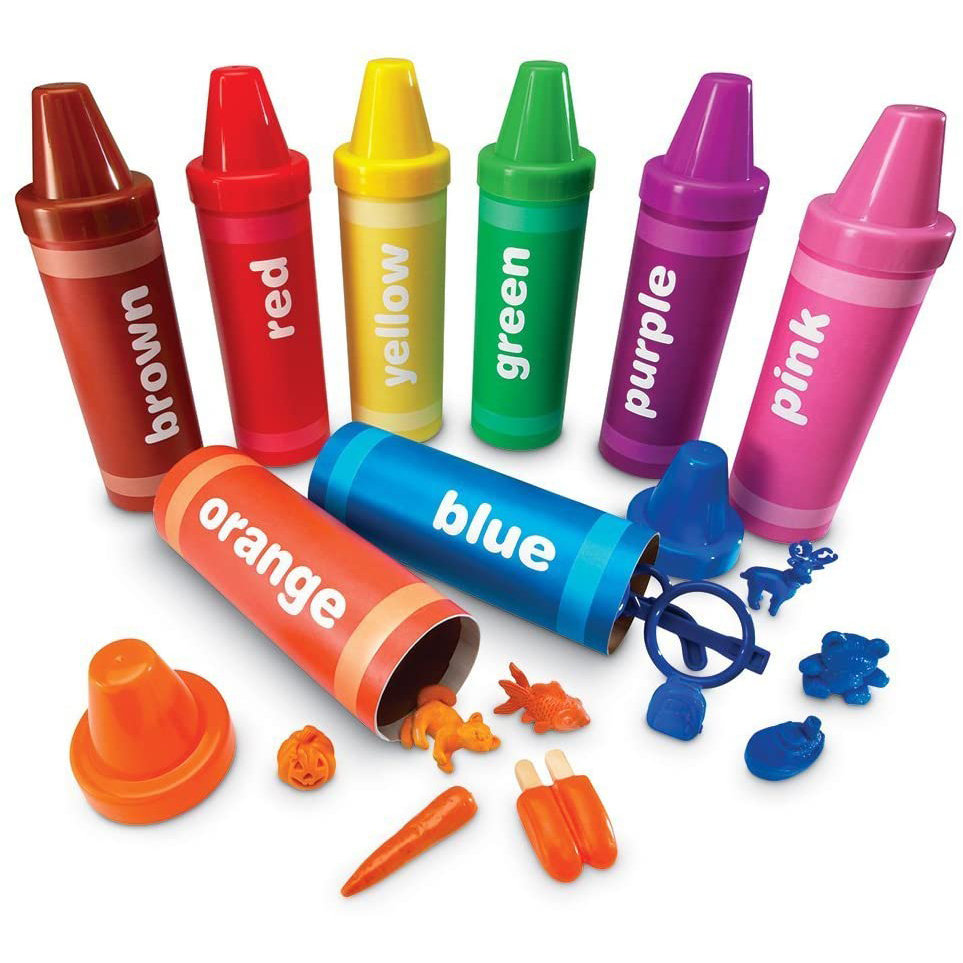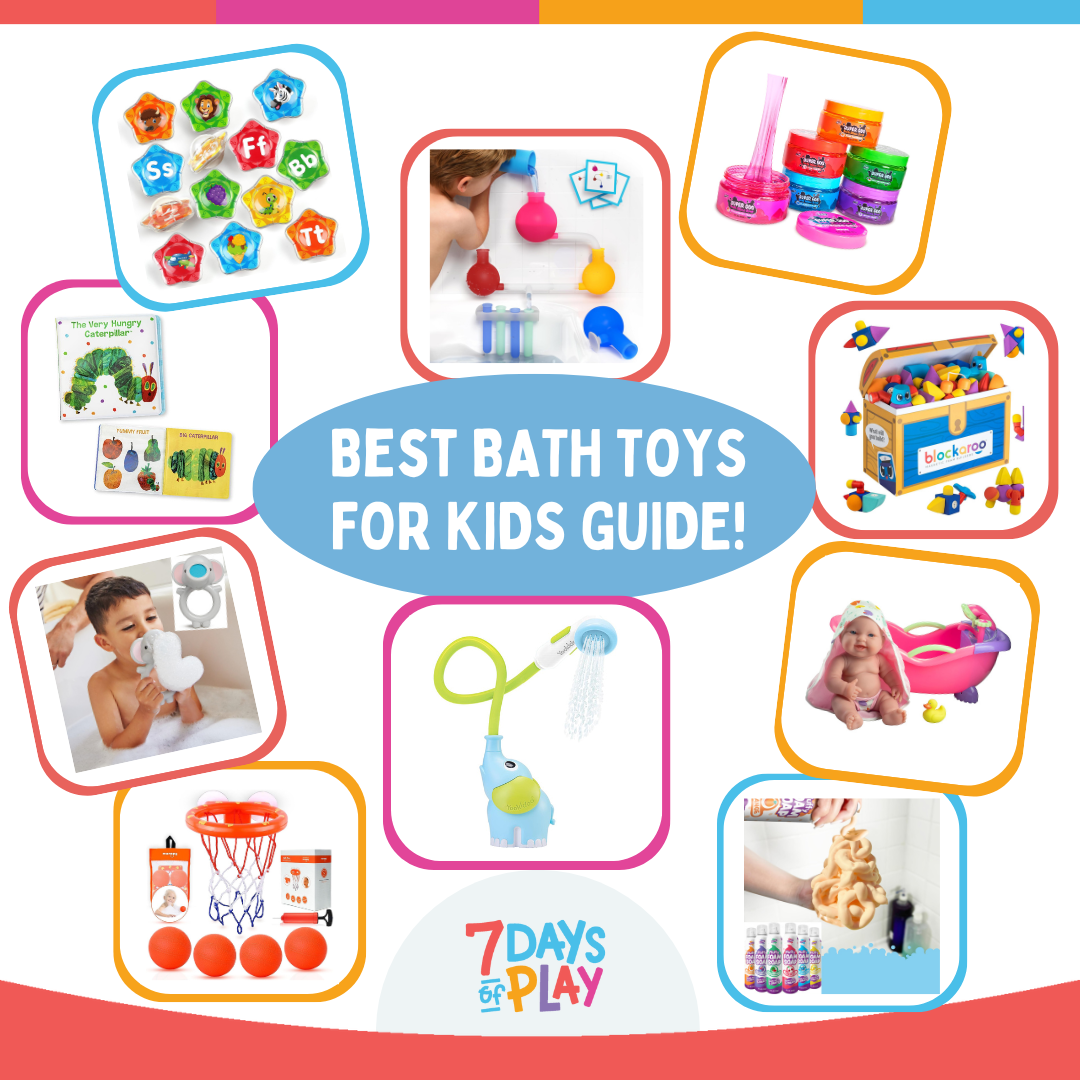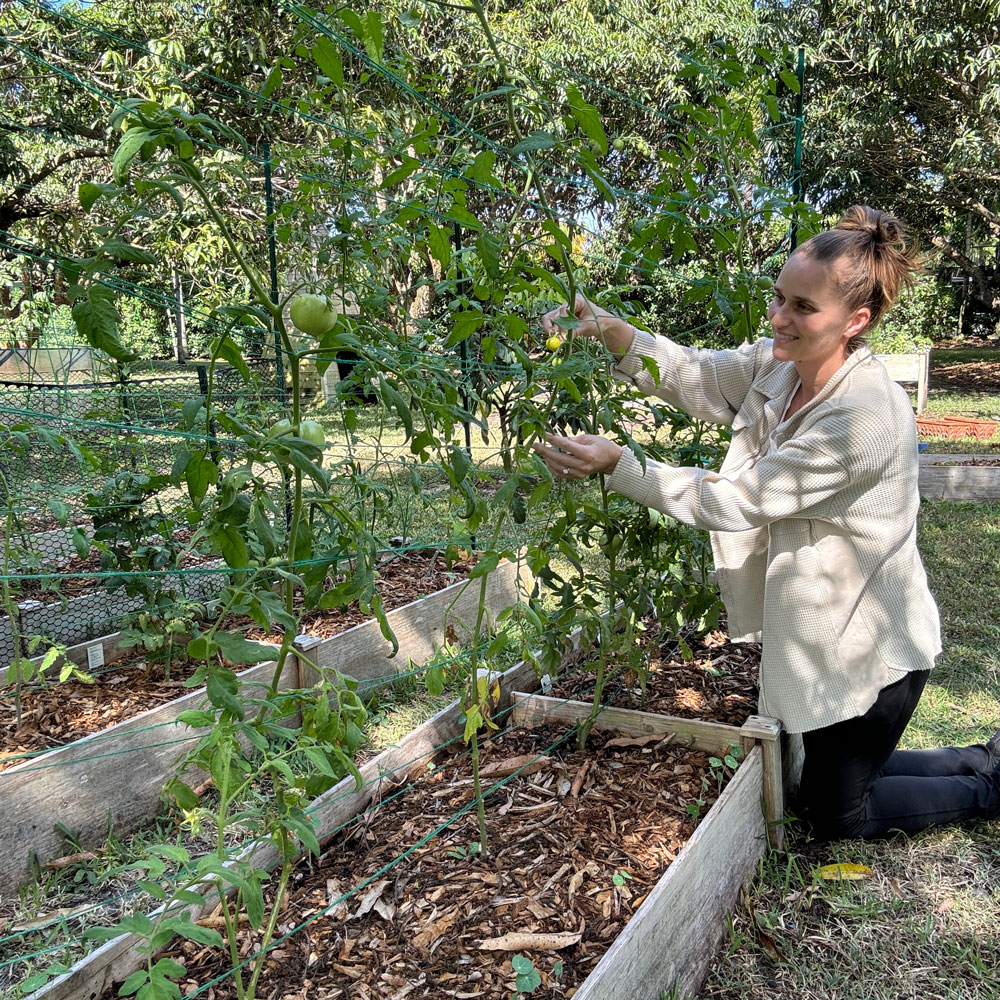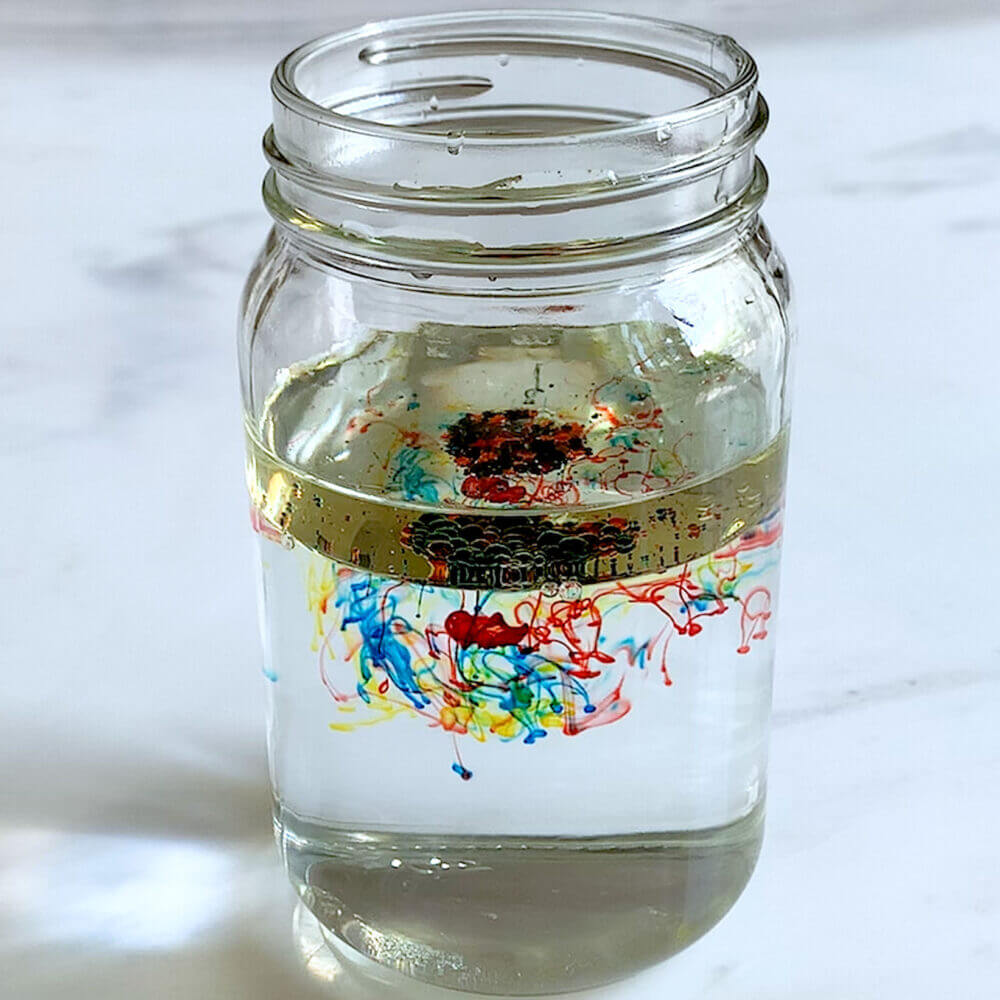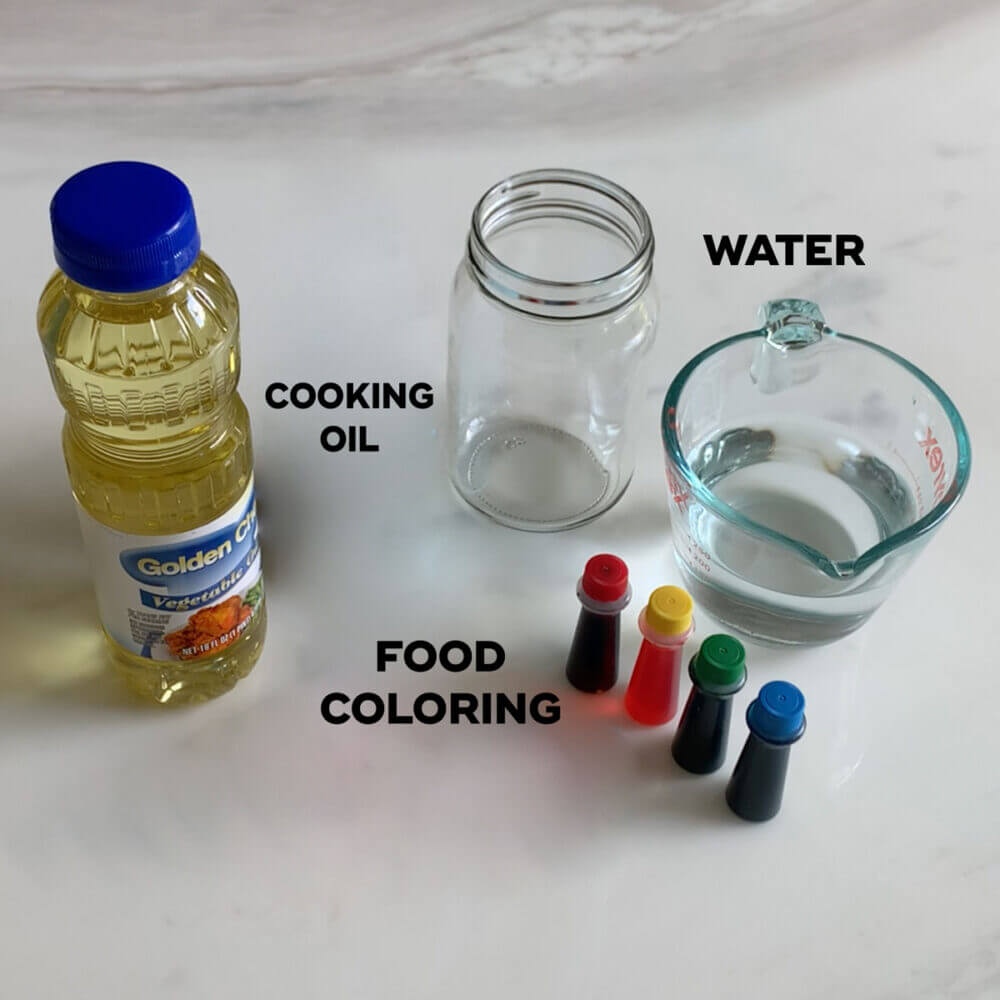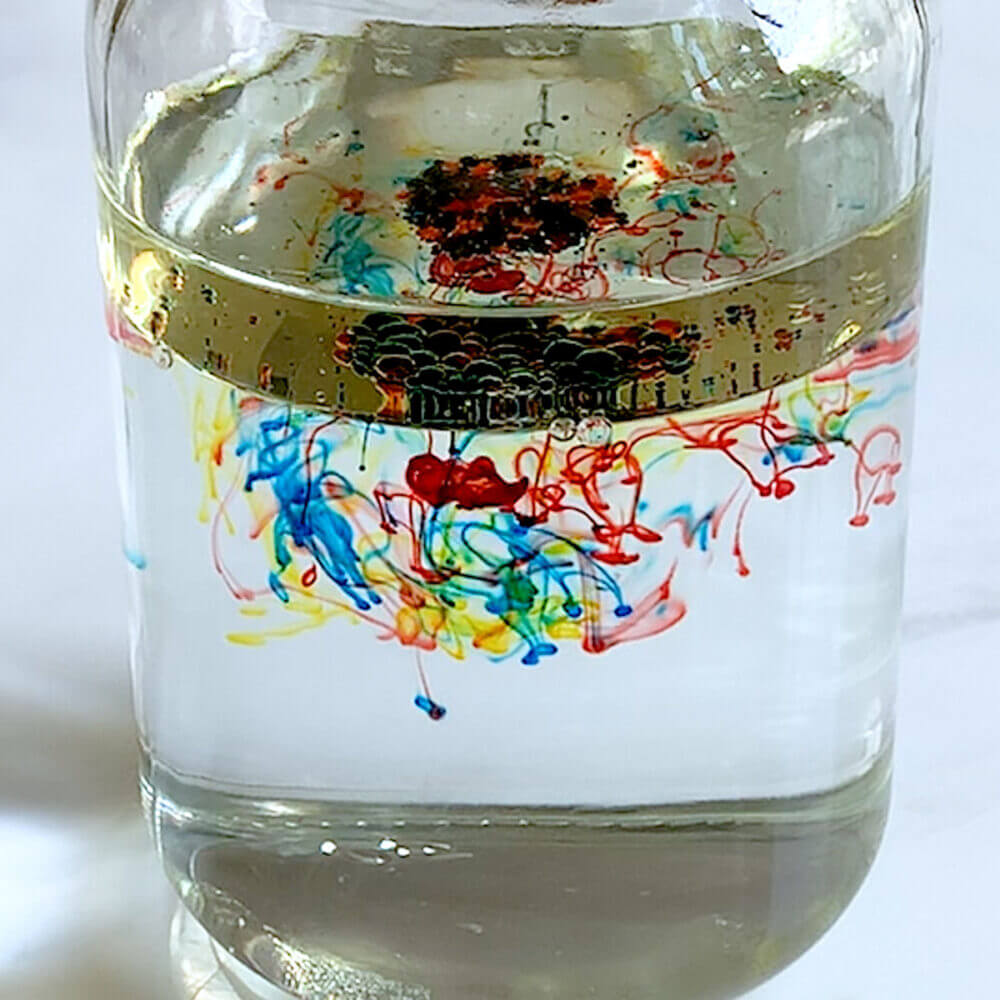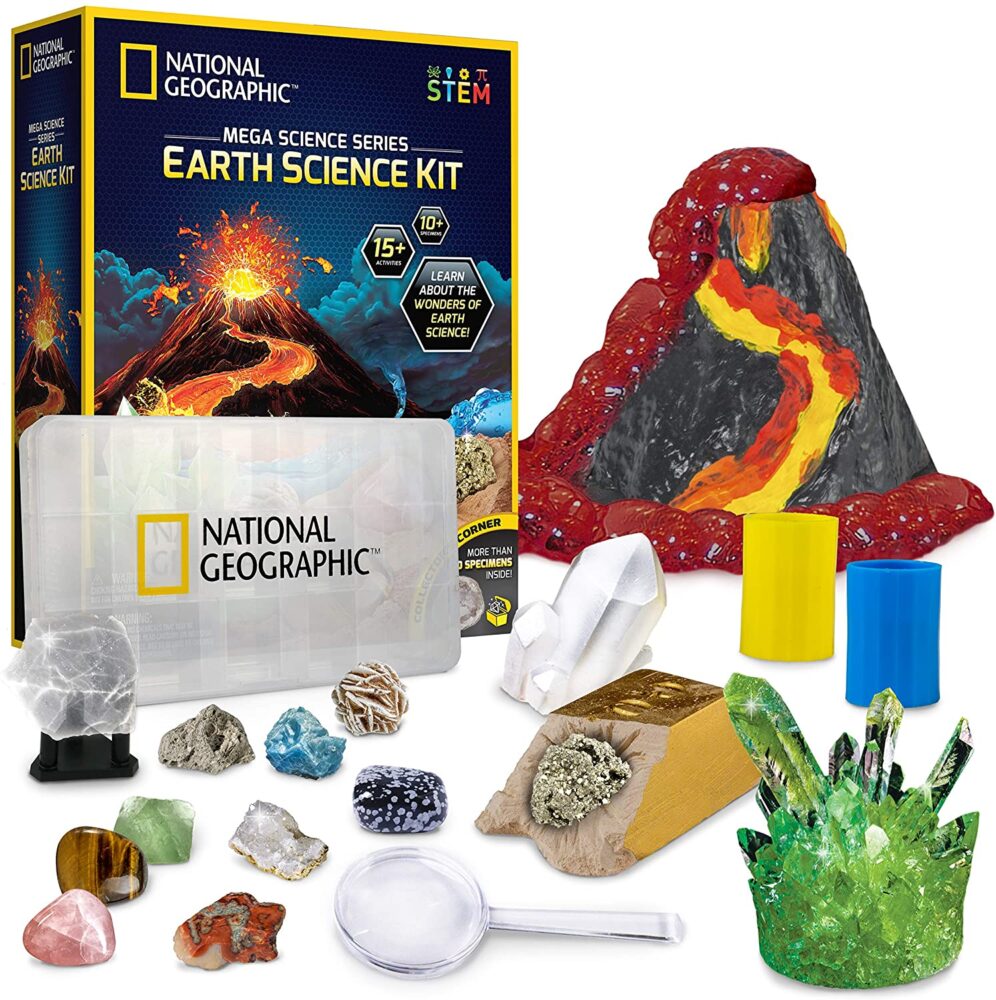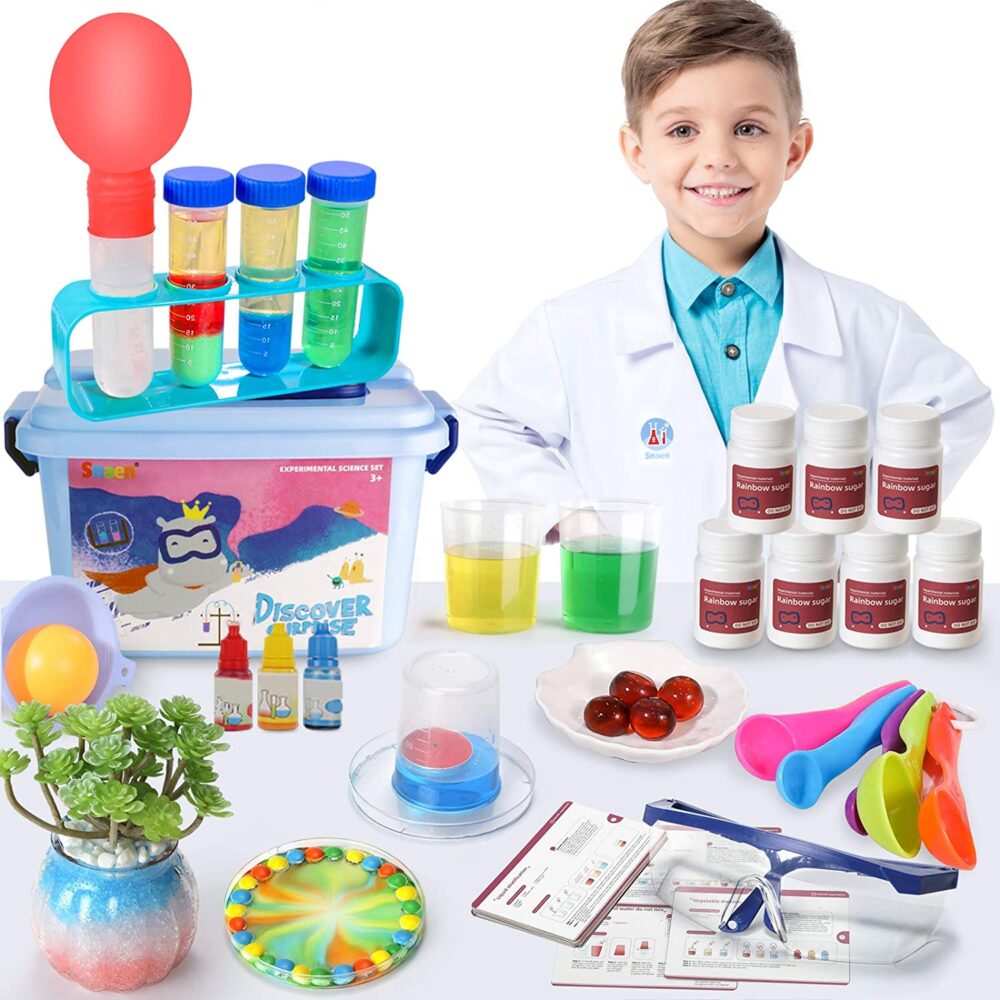Explore a fun and easy way to make bath time fun for kids with our vibrant and homemade kids bath paint recipe!

Teaching Toddlers Colors – Fireworks Inspired Activity
Teaching Toddlers Colors – Fireworks Inspired Activity
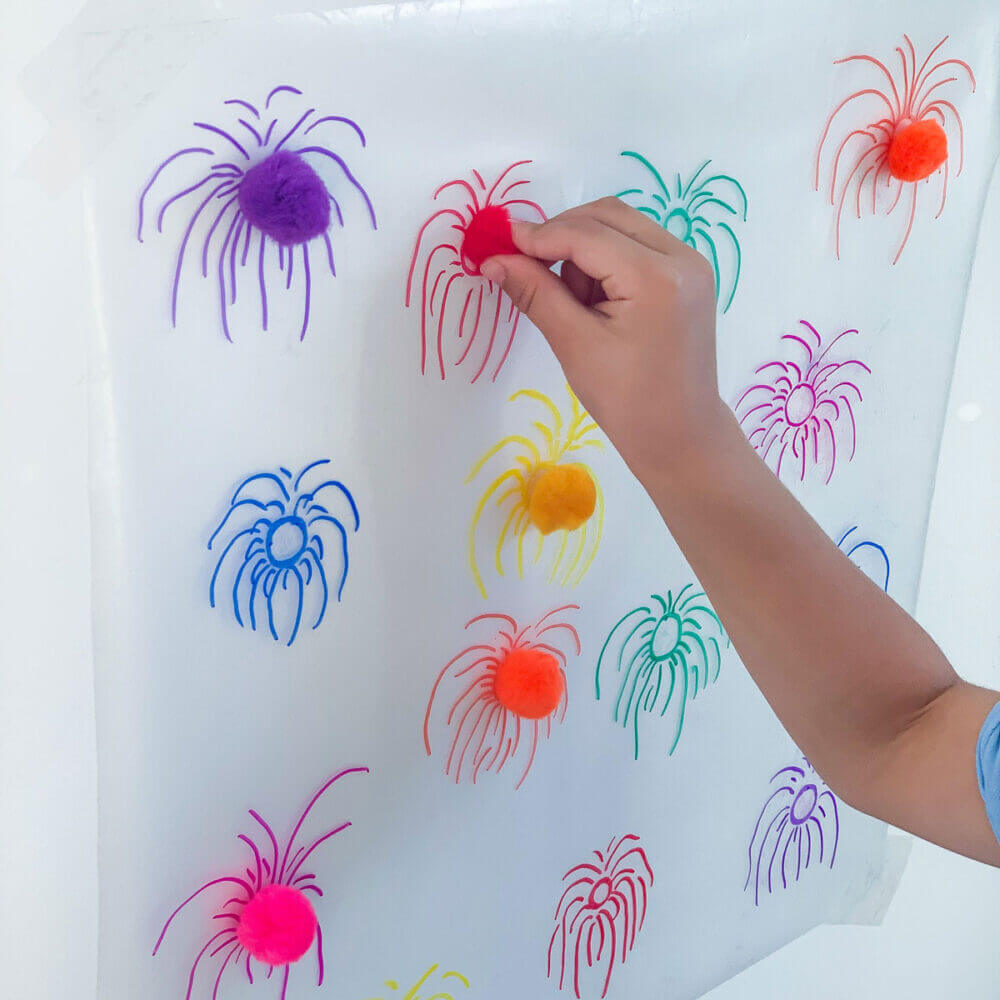
Teaching toddlers colors doesn’t have to be complicated! This simple set up requires minimal supplies and time to set up. Plus whether you are celebrating Independence Day or New Year’s Eve, this is a festive way to get in the holiday spirit!
Not only that, but it also helps with fine motor skills and hand-eye coordination too. Read below on how to set up this color matching activity and to grab our free printable version!
An Simple Way for Teaching Toddlers Colors
Gaining confidence and learning how to match colors is a skill that is important for toddlers to learn. Instead of just sitting down at a table and reading through the process, why not create an interactive, hands on way to approach to teaching colors to kids? I love how this simple pom pom activity will help kiddos visually recognize matching colors and use their senses to put them into place.
Watch How Fun it is Teaching Toddlers Colors!
Here’s how you can make and play with this fireworks color matching activity. In this video, you’ll see how fast and straightforward this idea can come together to create a fun and interactive learning experience for your child.
Not celebrating the 4th of July or New Years? You can alter this activity if you don’t want to use it as fireworks, and just turn them into squiggly spiders instead!
All activities should be supervised by an adult. Pom poms can be small parts and a choking hazard. They can be sold in larger sizes to prevent risks. As an Amazon Associate I earn from qualifying purchases. This post may contain affiliate links.
Watch How Fun it is Teaching Toddlers Colors!
Here’s how you can make and play with this fireworks color matching activity. In this video, you’ll see how fast and straightforward this idea can come together to create a fun and interactive learning experience for your child.
Not celebrating the 4th of July or New Years? You can alter this activity if you don’t want to use it as fireworks, and just turn them into squiggly spiders instead!
All activities should be supervised by an adult. Pom poms can be small parts and a choking hazard. They can be sold in larger sizes to prevent risks. As an Amazon Associate I earn from qualifying purchases. This post may contain affiliate links.
How to Set Up This Activity, Plus Grab the Free Printable!
Not only is this activity educational, but it’s just full of magical and sticky fun as well. My kids loved this activity because the vertical set up made it super engaging. By keeping the set up vertical, you’ll need to grab some kind of adhesive paper or tape!
And even though this activity is super simple to put together, we totally understand that grown ups are busy! So we created a free printable version of this activity! There are lots of ways to play with it – use dot markers, or even practice using tongs to place poms poms on top! Also try these free printables: Dot the Rainbow, Rainbow Color Match, and 5 Hands on Color Mixing Activities.
Teaching toddlers colors is one of our most favorite things – so be sure to check out our comprehensive list of color learning ideas!
Materials
What is adhesive paper?
Adhesive paper (the Con-Tact brand for exaple) is typically used for covering surfaces and lining things like drawers and shelves, but it’s also an excellent tool for play activities! I use this all the time for crafts, and it’s just so slick and easy to set up.
Step-by-Step Instructions
Step 1
Draw fireworks in various colors on the non-sticky side of the transparent adhesive paper.
Step 2
Remove the paper backing to reveal the sticky size of the adhesive paper.
Step 3
For a vertical set up, tape the paper to the wall, sticky side up.
Step 4
Provide pom-poms and task your kiddo to match them with the correct firework!
Step 1
Draw fireworks in various colors on the non-sticky side of the transparent adhesive paper.
Step 2
Remove the paper backing to reveal the sticky size of the adhesive paper.
Step 3
For a vertical set up, tape the paper to the wall, sticky side up.
Step 4
Provide pom-poms and task your kiddo to match them with the correct firework!
Educational Benefits for Sticky Fireworks
This is all about teaching toddlers colors. Whether just beginning, or continuing to exercise established color recognition skills, this is a fun way to match and identify colors. Always integrate opportunities for language development by saying the names of each of the colors, and asking your kiddo to repeat them.
Plus, use this simple fireworks craft as a great way to work on fine motor skills. In addition to learning their colors, they’ll be able to work on picking up the pom pom balls with their pincer grasp and apply them directly to the adhesive paper. This action is perfect for hand-eye coordination.


Educational Benefits for Sticky Fireworks
This is all about teaching toddlers colors. Whether just beginning, or continuing to exercise established color recognition skills, this is a fun way to match and identify colors. Always integrate opportunities for language development by saying the names of each of the colors, and asking your kiddo to repeat them.
Plus, use this simple fireworks craft as a great way to work on fine motor skills. In addition to learning their colors, they’ll be able to work on picking up the pom pom balls with their pincer grasp and apply them directly to the adhesive paper. This action is perfect for hand-eye coordination.
More Ways to Match Colors
Here are my top picks for toys you can buy that strengthen color recognition skills!
Transfer pom poms or balls to color sort this rainbow! If you use tongs it is great for fine motor skills too! (Caution: small parts!)
This wooden rainbow stacker is not only great for color sorting, it is also a fantastic open-ended play toy!
This wooden board has a magnetic wand and beads that can be sorted based on color! Great for fine motor skills too!
This game is a great way to learn color recognition while strengthening language development.
What’s Next?
How to Make Kids Bath Paint – Colorful Clean Fun
The Best Bath Toys for Kids in 2024
Explore the best bath toys for kids! Discover the ultimate guide to bath time fun with these top picks that will make every splash memorable.
How to Layer a Raised Garden Bed and Make a Trellis
Learn how to layer a raised bed and create affordable trellises for thriving gardens. Explore our guide for expert tips & easy instructions!

